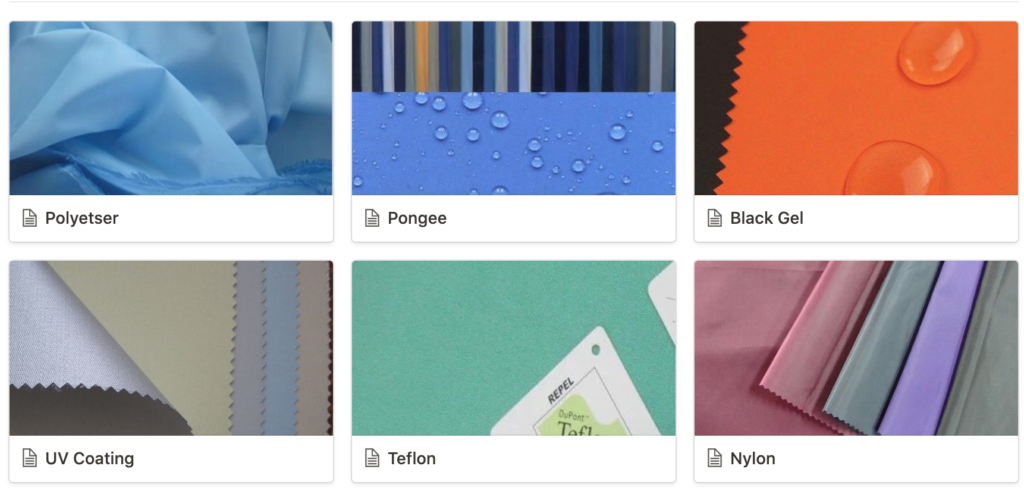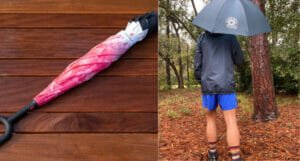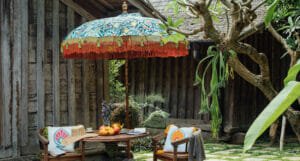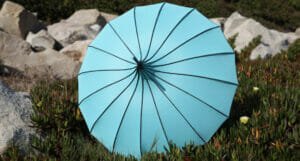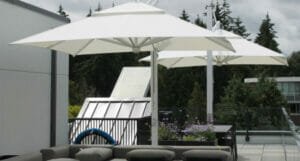Do you want to know more about the umbrella material, size, frame, handle, and etc? and how to make it?
Let’s say one by one.(Shaoxing Shangyu EPER Umbrella LTD)(Professional Umbrella Manufacturer from Shangyu, Zhejiang, China)
What’s the Umbrella Normal Size We Produce?

For the umbrella size, we can measure like the above photo.
We always use an outside radius to say the fold or stick umbrella’s size. like the radius is 53.5cm, we say it’s a 21inch umbrella. ( 53.5/2.54=21inch)
Here is the list we did for all fold or stick umbrellas. then you can be sure which one is suitable for you.
One more important thing.
For fold umbrella, the choice is less than stick one, as there’re only 19inch, 21inch, 23inch, 25inch, and 27inch for the folding umbrella.
| Outside Radius in Inch | Inside Diameter in CM | FOLD | STICK |
| 15″ | 70cm |  |
|
| 17″ | 75cm |  |
|
| 19″ | 85cm |  |
 |
| 21″ | 95cm |  |
 |
| 23″ | 102cm |  |
 |
| 25″ | 115cm |  |
 |
| 27″ | 120cm |  |
 |
| 29″ | 130cm |  |
|
| 30″ | 132cm |  |
|
| 32″ | 136cm |  |
|
| 34″ | 148cm |  |
|
| 36″ | 158cm |  |
【Small umbrella surface】
Umbrella size: below 21 inches (common sizes are 17 inches, 19 inches, 21 inches)
Diameter under the umbrella: less than 95cm
Suitable for: Children’s umbrellas, ladies’ single umbrellas
Number of people who can support: 1 person
【Middle Umbrella】
Umbrella size: 22-25 inches (23 inches is the most common umbrella size)
Diameter under umbrella: 98-114cm
Suitable for: Parent-child umbrella, two-person support size
Number of people who can support: 1-2 people
【Big Umbrella】
Umbrella size: 27-30 inches (including above)
Diameter under the umbrella: 120cm or more
Applicable object: men’s umbrella, multi-person support size
Number of people who can support: 2-3 people
For Beach Umbrella Size, or other outdoor umbrella size, see as below list.
| Outside Radius | Inside Diameter in CM | Hight in CM | Fold Length in CM |
| 70cm | 126cm | 136cm | 80cm |
| 80cm | 135cm | 148cm | 90cn |
| 85cm | 148cm | 158cm | 95cm |
| 88cm | 155cm | 165cm | 98cm |
| 90cm | 160cm | 170cm | 100cm |
| 98cm | 170cm | 180cm | 110cm |
| 1.1m | 180cm | 190cm | 123cm |
| 1.2m | 200cm | 210cm | 133cm |
| 1.3m | 220cm | 230cm | 143cm |
| 1.4m | 240cm | 250cm | 153cm |
| 1.5m | 270cm | 270cm | 163cm |
| 1.7m | 300cm | 290cm | 175cm |
Beach umbrellas feature sun protection. Beach umbrellas are mainly used on sunny days, and more sunscreen materials are coated on them, which has a better reflection effect on ultraviolet rays.
It is used on the beach or outdoors because there is no shelter on the beach, people will be unbearable to be exposed to the hot sun all the time, so there are usually umbrellas and deck chairs on the beach.
How to Choose Umbrella Material?
Fabric (6 choices for normal umbrellas)
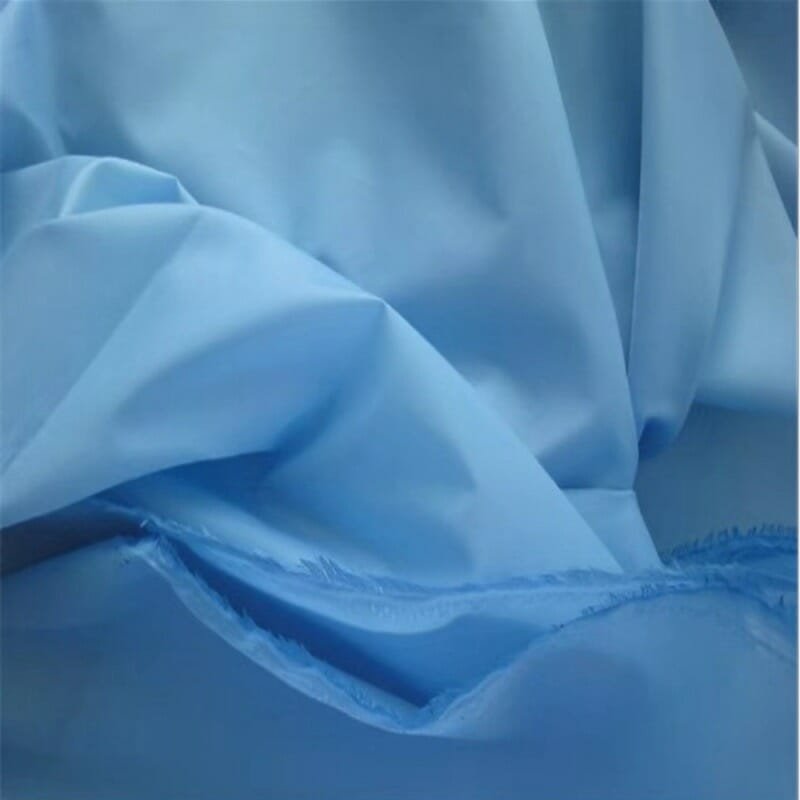
Polyester
Cheap One
Welcomed on South America, India,Africa
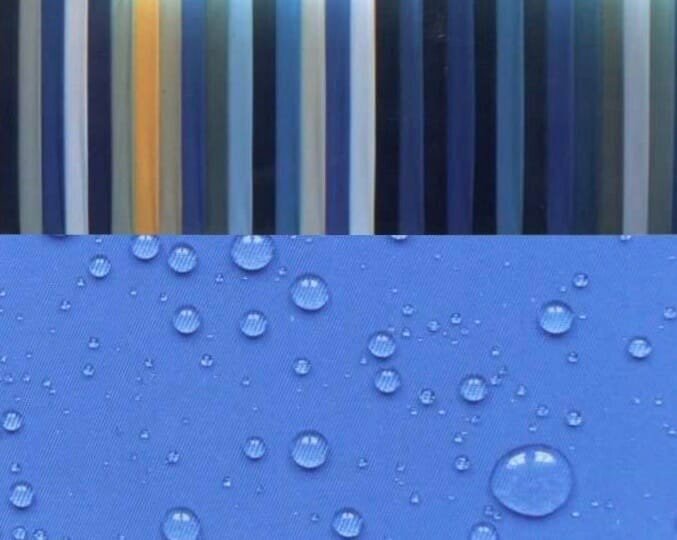
Pongee
Waterproof & Good Price
80% custom’s choice from Europe & American

Black Gel
Strong UV Protection
Suitable for Asia,Africa
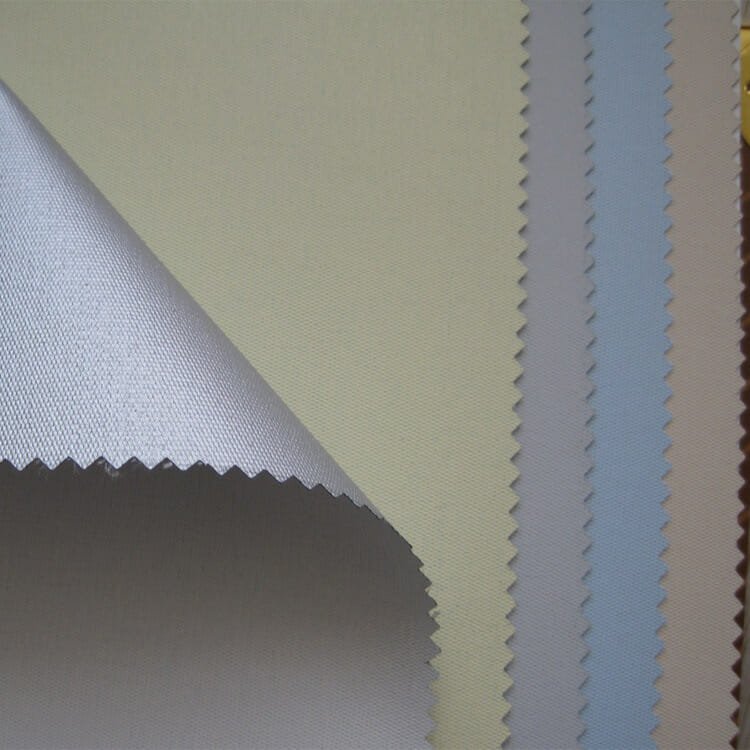
Silver UV Coating
Welcomed on South Asia
Normal UV Protection, Suitable Price

Teflon
High Qulity
Oil Protection & Waterproof Expensive, 2% Client’s Chioce

Nylon
Sliding, Expensive
2% Customer’s Chioce
There are mainly three kinds of fabric for umbrellas, and the cost is from low to high: polyester, PG fabric, and nylon
The characteristics of the polyester fabric are brighter colors. After rubbing the umbrella fabric on your hands, the crease is obvious and it is not easy to restore. When the fabric is rubbed, it will feel resistant, and there will be a rustling sound when rubbing.
PG cloth has the following characteristics: the color is matte and dark. The fabric feels like cotton, has good light-blocking properties, and the cost of PG cloth is relatively high, but the anti-ultraviolet function, the stability of quality, and the grade of color are all ideal.
Nylon cloth is also a kind of high-end umbrella fabric. This kind of rain cloth is bright in color and feels like silk on the hand. It has very little resistance when rubbed back and forth. However, this kind of cloth has a weakness, which is greatly affected by the air humidity, and the umbrella cloth shrinks more seriously, and sometimes even affects the normal opening and closing of the umbrella surface.
Reading here, you may have a question, the list we should have 6 different fabrics, why here we say only 3 types?
Let’s explain now.
Silver UV or Black gel both are UV resistant materials, which are coated on the polyester or pongee fabric. so it still belongs to those 3 kinds of fabric. Same as Teflon.
Most umbrella materials we saw on the market are polyester and pongee. as they are cheap, and waterproof well.
But if you care about the quality, you can choose Teflon instead.
Here are the Teflon fabric Features
- Non-stick: Nylon waterproof breathable fabric and polyester waterproof breathable fabric are bonded with Teflon coating. Very thin membranes also show good waterproof, oil- and stain-resistant functional fabrics.
What are the characteristics of DuPont Teflon coated fabrics? - Heat resistance: nylon waterproof breathable fabric and polyester waterproof breathable fabric have excellent heat resistance and low temperature resistance after Teflon coating. It can withstand high temperature up to 300 °C in a short time, and can be used continuously between 240 °C and 260 °C. It has significant thermal stability. It can work at freezing temperature without embrittlement and will not melt under high temperature.
- Sliding: Nylon waterproof breathable fabric and polyester waterproof breathable fabric are made of Teflon coating and have a lower coefficient of friction. The coefficient of friction changes when the load slides, but the value is only between 0.05-0.15. As the name implies, the coated fabric is an additional coating on the basis of the original fabric to increase the waterproof, fireproof, antifouling and other functions of the fabric.
For Beach Umbrella, we always use 6 different fabric.
| Fabric | Suitable Size | Features | Client’s Selection Ratio |
| 170T polyester (OR with UV) | < 98cm | Normal quality, cheap price | 20% |
| 140g polyester (OR with UV) | >98cm | Good quality, but expensive | 12% |
| 160g polyester (OR with UV) | >98cm | Better quality, but expensive | 12% |
| Oxford (OR with UV) | >98cm | Good quality, reasonable price | 50% |
| Nylon | < 98cm | Better quality, very expensive | 3% |
| Cotton | < 98cm | Best quality, very expensive | 3% |
Know More About Umbrella Frame.




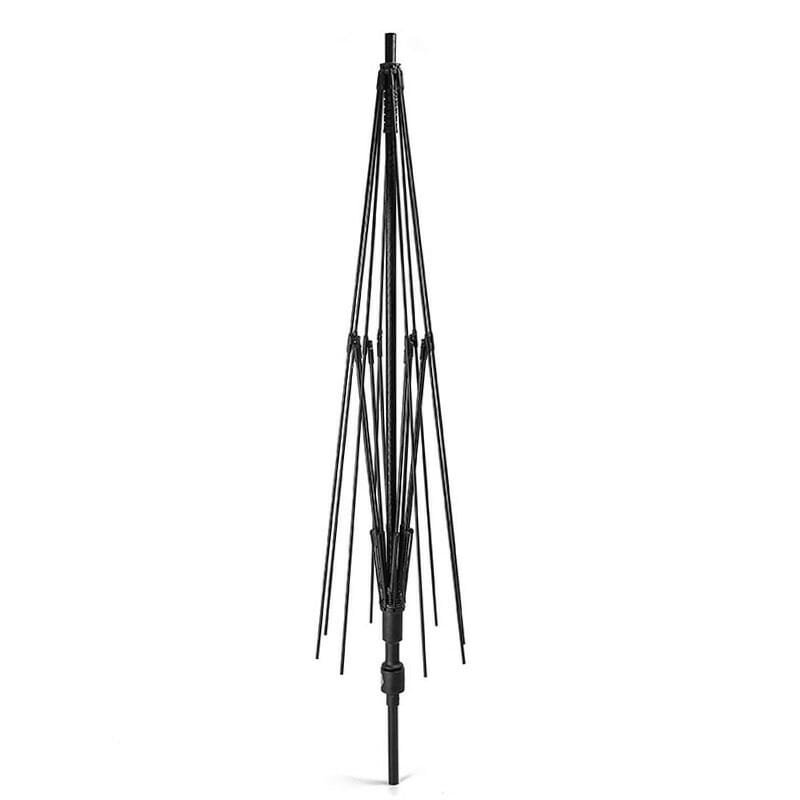

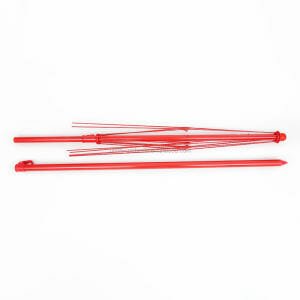
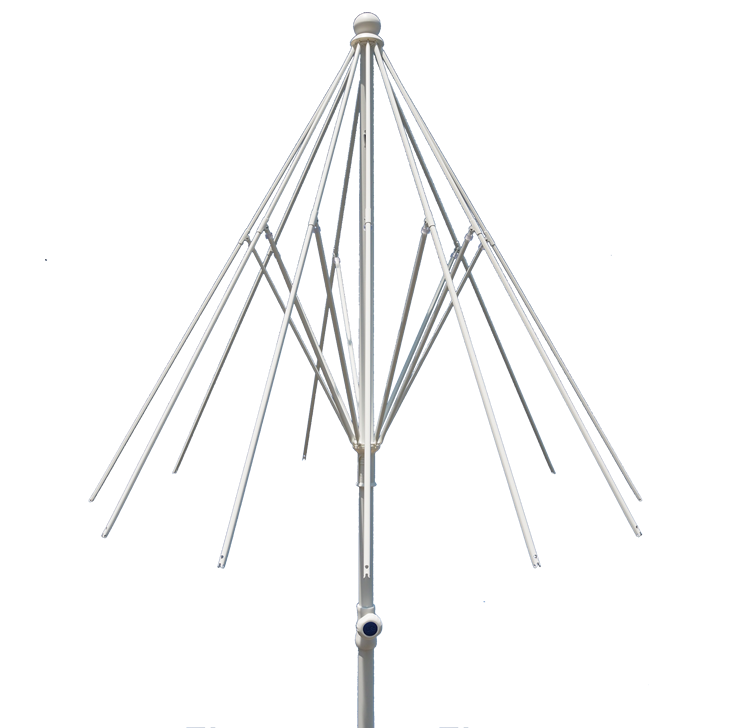
Metal Beach Umbrella
There are generally Six kinds of materials used for umbrella columns and ribs – wood, iron, aluminum alloy, stainless steel, fibergalss and new composite materials.
The wood process is complicated, the cost is high, and it is easy to be damaged. It is rare in the market; the most common is iron.
The iron rib is simple in workmanship, but easy to rust. When choosing, it depends on whether the patent leather is good or not, and the rib is thin. Deformation, it is best to choose thicker ribs, which have better wind resistance;
Fiberglass, it’s very welcomed by the golf umbrella now, it’s lighter than metal, and the price is not expensive. the fiber material is strong, not easy to bend or break.
Aluminum alloy and stainless steel materials have high strength, no rust, very durable but high price, suitable for high-end places such as hotels and restaurants;
The new composite material is a special high-tech synthetic material. It has the advantages of high strength, no deformation, no rust, strong wind resistance, and moderate price.
Due to the advantages of material properties, the size can be made very large. , that is, there are not many manufacturers that can produce it, and it is difficult to buy in the market. It is best to choose such a sun umbrella that is not afraid of the wind.
In short, the wooden material is easy to be damaged, the sun umbrella of the iron rib is cheap, aluminum alloy and stainless steel are of good quality and high price, fiberglass with a metal complication frame is a better choice.
Get More Infos about Umbrella Handle and Beach Umbrella Base.


Beach Umbrella Base

Umbrella handles or bases are made of plastic, aluminum alloy, EVA, rubber, synthetic wood, metal and etc.
Definition of plastic: It is mainly composed of carbon, oxygen, hydrogen and nitrogen, and other organic or inorganic elements. The finished product is a solid, and it is a molten liquid during the manufacturing process. Therefore, it can be melted by heating, pressured to flow, Cooling causes it to solidify and form various shapes. This large and varied group of materials is called plastics.
Plastic
It refers to high molecular weight synthetic resin as the main component, adding appropriate additives, such as plasticizers, stabilizers, flame retardants, lubricants, colorants, etc. material), or a rigid material formed by curing and cross-linking. Normally, we use plastic for the umbrella. it welcomed by the whole world.
EVA
It has high resilience and tensile strength, high toughness, and good shock resistance
, cushioning performance, heat insulation, thermal insulation, and cold protection and low-temperature performance, can withstand severe cold and exposure, closed cells, good sound insulation, closed-cell structure, non-absorbent, moisture-proof, good water resistance, seawater, grease, acid, alkali Corrosion of other chemicals, antibacterial, non-toxic, odorless, non-polluting. Most clients from South Asia like this material handle.
Rubber
Advantages: good wear resistance, non-slip, elastic, not easy to break, good softness, good elongation, stable shrinkage, good hardness, good flexibility. Disadvantages: heavyweight, easy to spit frost (a quality issue), not easy to corrode (environmental protection issue), and it’s expensive. some European clients will choose this material.
Metal
This material we only used on the beach umbrella base, not workable for a normal umbrella.
How to printing the umbrella?
Click the photo to get more info.

Click the photo to get more info.

Click the photo to get more info.

Features: Thermal transfer printing has high production efficiency, and can print a variety of complex colors at one time, with bright colors, saturated, realistic patterns, high gloss, good pattern adhesion, and durable wear resistance. If the order quantity is large, and the printing is complicated, we will choose heat transfer skill printing.
Here we ready all the materials, So we can produce the umbrella now.
The first step in the production of umbrellas: Proofing, as a reference standard for large-scale goods, the normal and common umbrellas take 3 days to sample, and the special umbrellas may take about a week.
The second step of umbrella production: After the umbrella factory receives the deposit, it will arrange to start preparing materials: umbrella ribs, umbrella fabrics, umbrella handles, and other umbrella accessories. If the customer needs to specify the color of the cloth, the time to set the cloth is about 12 days in the off-season and 15-25 days in the peak season. In the process of making umbrellas, it takes the longest time to customize the umbrella fabric. If you choose from the existing fabric colors, the preparation time will be much faster.
The third step of umbrella production: the umbrella is opened, and the large-scale fabric can be arranged the next day, and then the edge is arranged, and then the small-scale cutting is arranged. The more time, the longer the time. Generally, the fabric can be cut on the same day as soon as possible. If the quantity is large, it will be printed while opening the fabric, and the time varies.
The fourth step of umbrella production: umbrella printing. After the material is opened, it can be printed. Normally, it takes about three days. If the quantity is large, or the peak season, this time may be longer. In the process of production, there are sometimes used complements.
The fifth step of umbrella production: splicing, that is, the printed triangle pieces are spliced together with an electric sewing machine, including topping, jujube making, and the third and fourth steps of umbrella production come first, that is, umbrella printing. Under normal circumstances, it is in front of the umbrella sheet. Some of our guests think that the umbrellas are all prepared and placed there, but this is not the case.
The sixth step of umbrella production: bead tail, sewing umbrella. In the past, the bead ends of umbrellas were hand-sewn one by one, which was very inefficient. Now most umbrella production factories use machines to make beads, which is very fast, but the bead ends sometimes fall off. Of course, these phenomena of falling bead tails are individual phenomena. Sewing umbrellas, some have begun to sew directly with machines semi-automatically, but at present, only Paradise Umbrella has begun to mass-produce folding umbrellas. At present, there are more straight umbrellas in this sewing method. Most umbrella factories still use manual sewing. This is stronger. It usually takes about 3 days, and the time will be extended accordingly if the number is large.
If the above time is added up one by one, it will take a long time to make the goods. In fact, the umbrella is made by integrating these times. It is possible to arrange for people to print at the same time when the cloth is opened. After printing, people can be arranged to sew Umbrella, time integration, fast about 5 days, slow 15-20 days, the specific time depends on the specific quantity to arrange. Usually, if it is an export order, the requirements are more special, and the delivery time ranges from one to two months.
The seventh step of umbrella production: put on the head and tail of the umbrella, fold the umbrella, put it into a plastic bag, and pack it into a box. Normal use is about 2 days.
